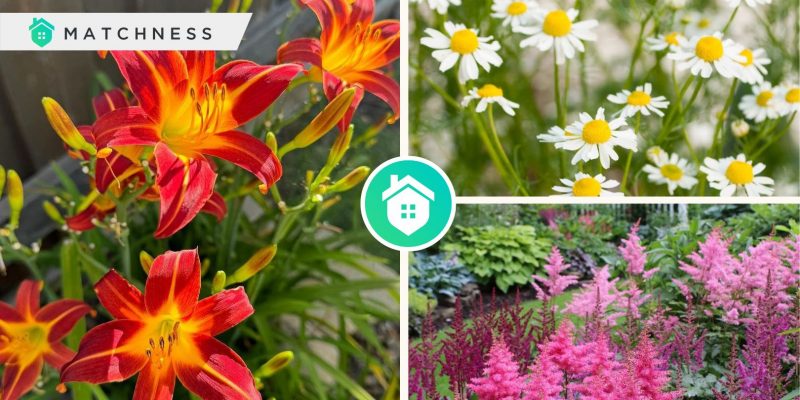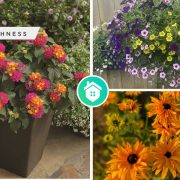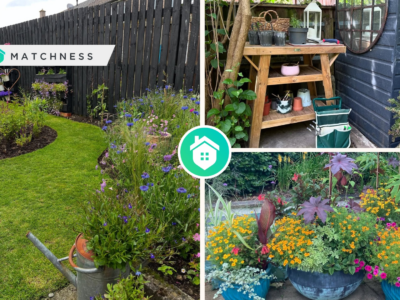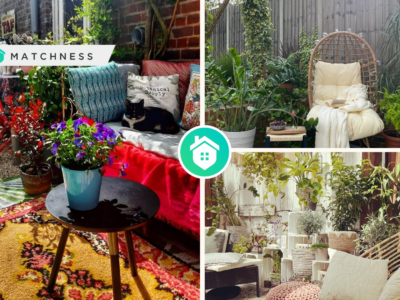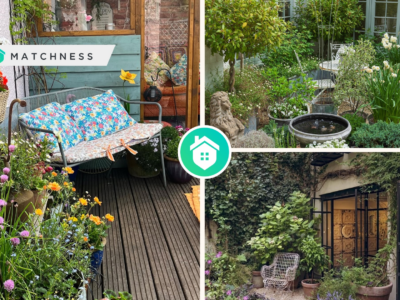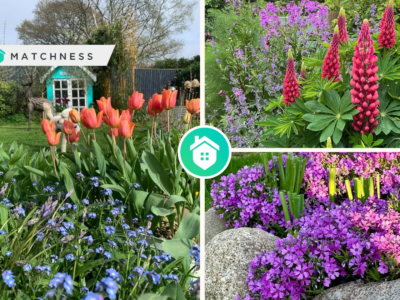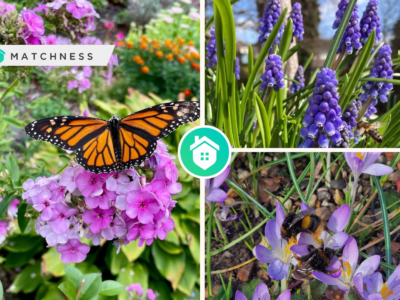Perennial flowers are a favorite among gardeners for their ability to bloom year after year with minimal effort. Unlike annuals, which complete their life cycle in a single growing season, perennials come back for several seasons, making them a cost-effective and sustainable choice for landscaping. Perennial flowers are plants that live for more than two years. After their initial planting, they die back during the winter but return in the spring from their root systems. Some perennials can live for decades, making them a long-term investment for your garden.
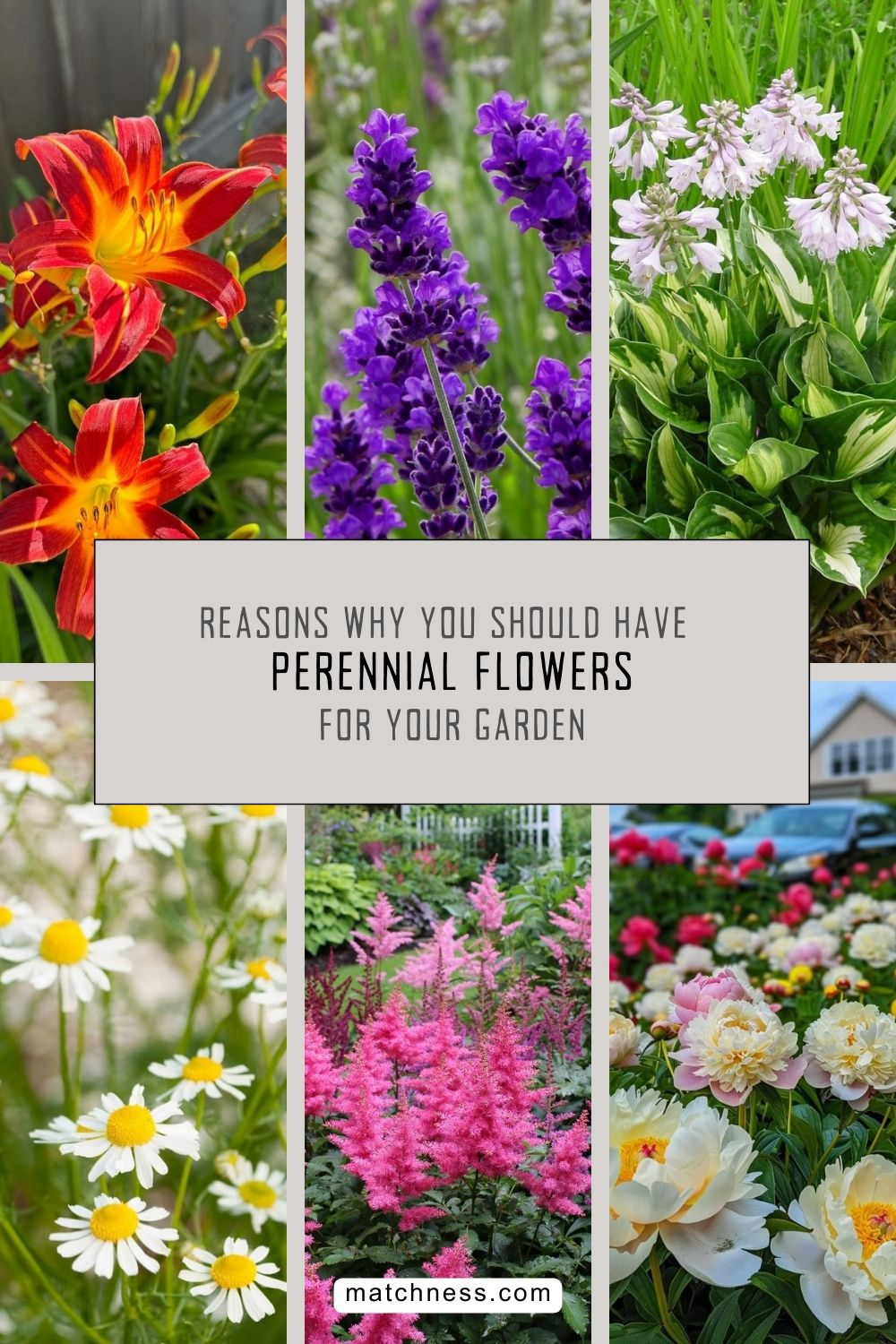
Perennial flowers are a valuable addition to any garden, offering beauty, resilience, and ecological benefits. With proper care and selection, they can provide a stunning and sustainable display of color and fragrance year after year. Whether you’re a novice or an experienced gardener, incorporating perennials into your landscape is a rewarding choice that pays dividends season after season.
Popular Types of Perennial Flowers
Daylilies (Hemerocallis)
Known for their vibrant colors and trumpet-shaped flowers, daylilies are extremely hardy and can thrive in a variety of soil types and climates. This one is the most common one for the perennials.
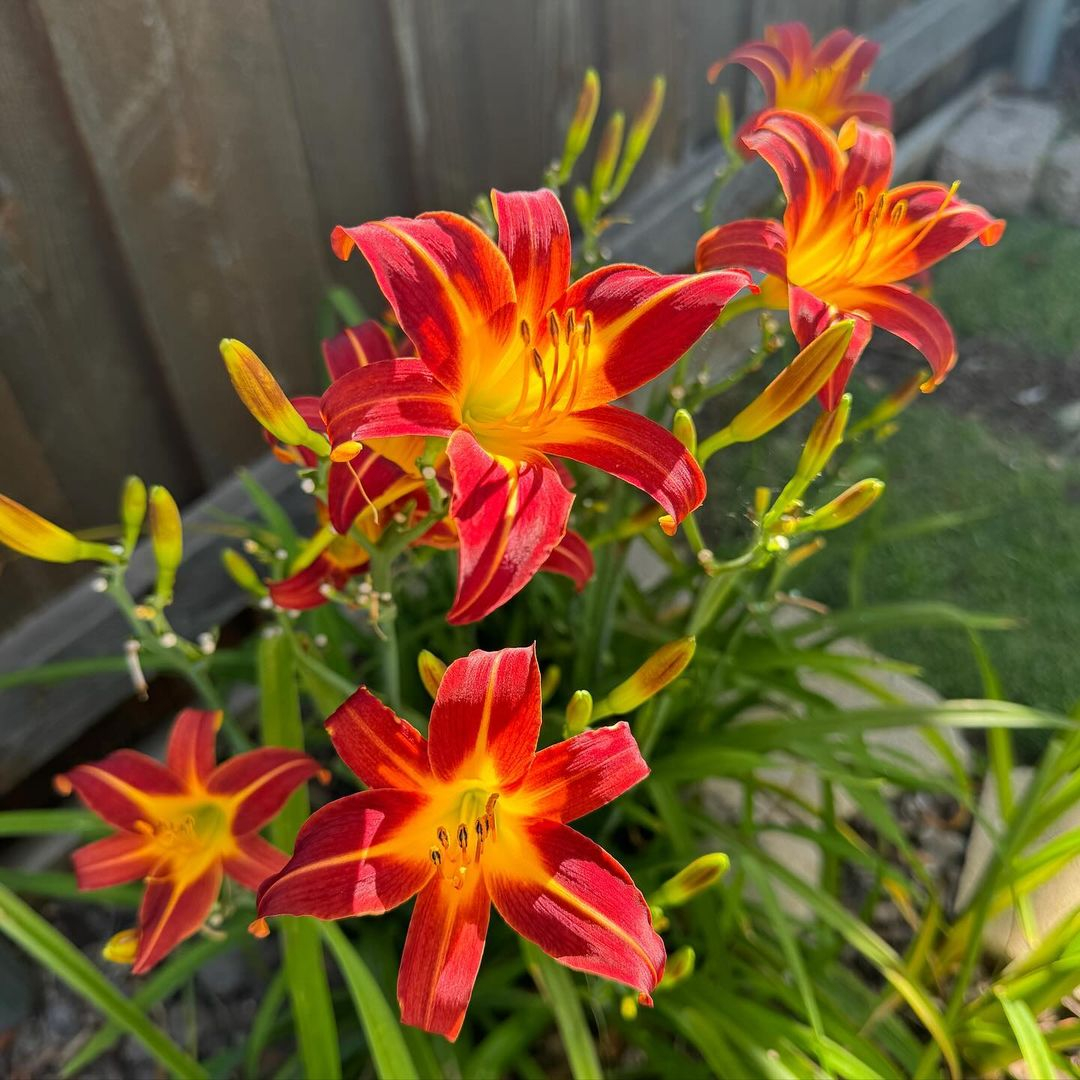
This flower commonly grows in the soil without any pots. However, in case you want to have it in pots, it is still possible. Or, you can grow them in the garden raised bed. Daylilies from @mamijami123
Hostas
Hostas is ideal for shady areas. It is valued for its lush foliage and comes in a wide range of leaf colors and textures. Besides the foliage, hostas also have flowers that make it able to beautify your garden in many ways.
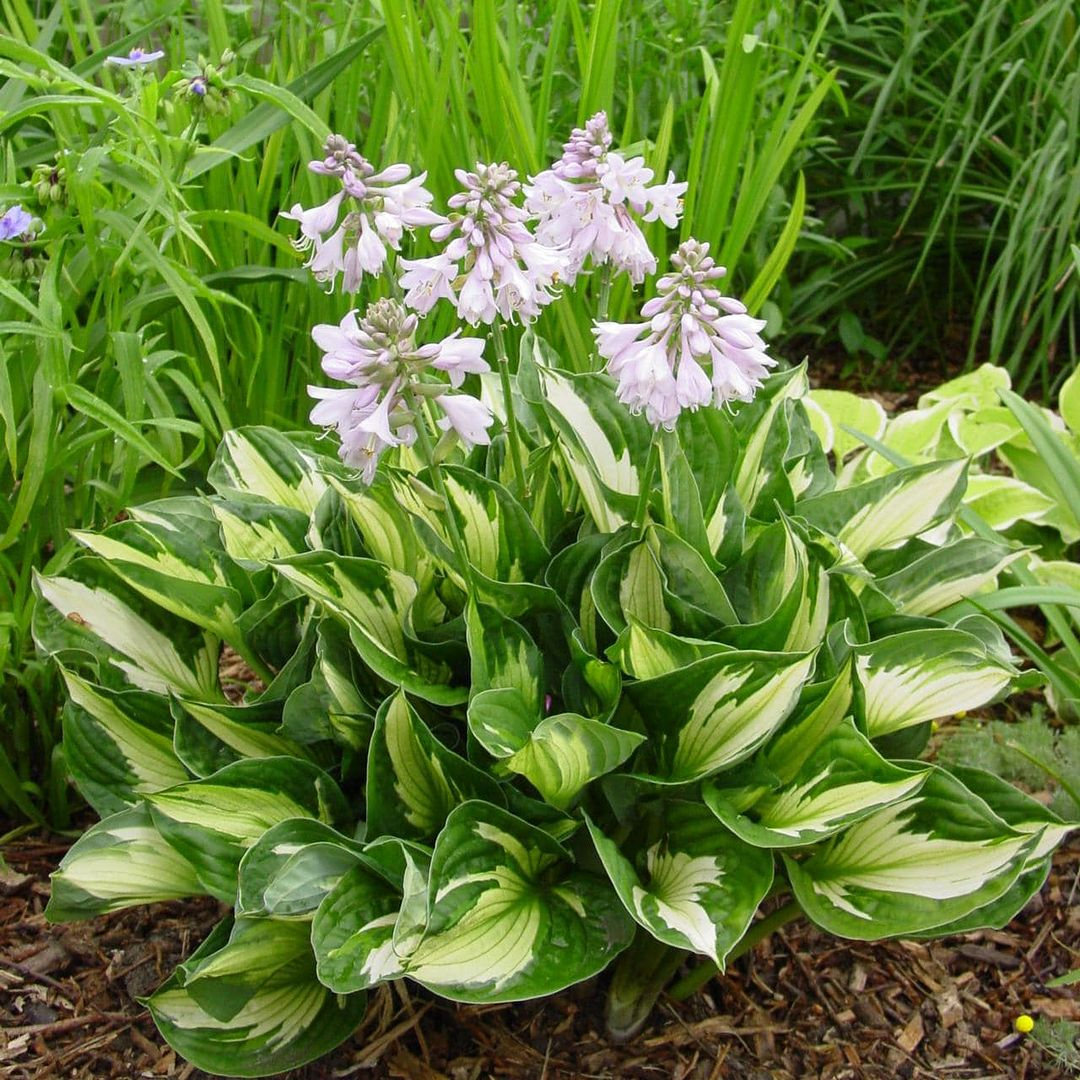
Look at how adorable the hostas is. It has such massive foliage just like a bouquet. Another surprise is that this plant has pretty flowers towering up not to make it covered by the leaves. Hostas from @xokaaaaase
Peonies
With large, fragrant blooms, peonies are a favorite for their stunning display in the spring and early summer. You can let it grow in your garden or even pick the blooms for your vase in the living room.

Peonis is so pretty. You can see it here where the peonies have a rose shape. The colors also varied which made it even more interesting. If you want to color your garden with something pretty, peonies are the best one. Peonies from @queenk_queenofhearts
Black-eyed Susans (Rudbeckia)
These cheerful yellow flowers with dark centers are not only beautiful but also attract butterflies and other pollinators. It will be great to grow them directly in the soil or you can grow them in the pots just based on your need.
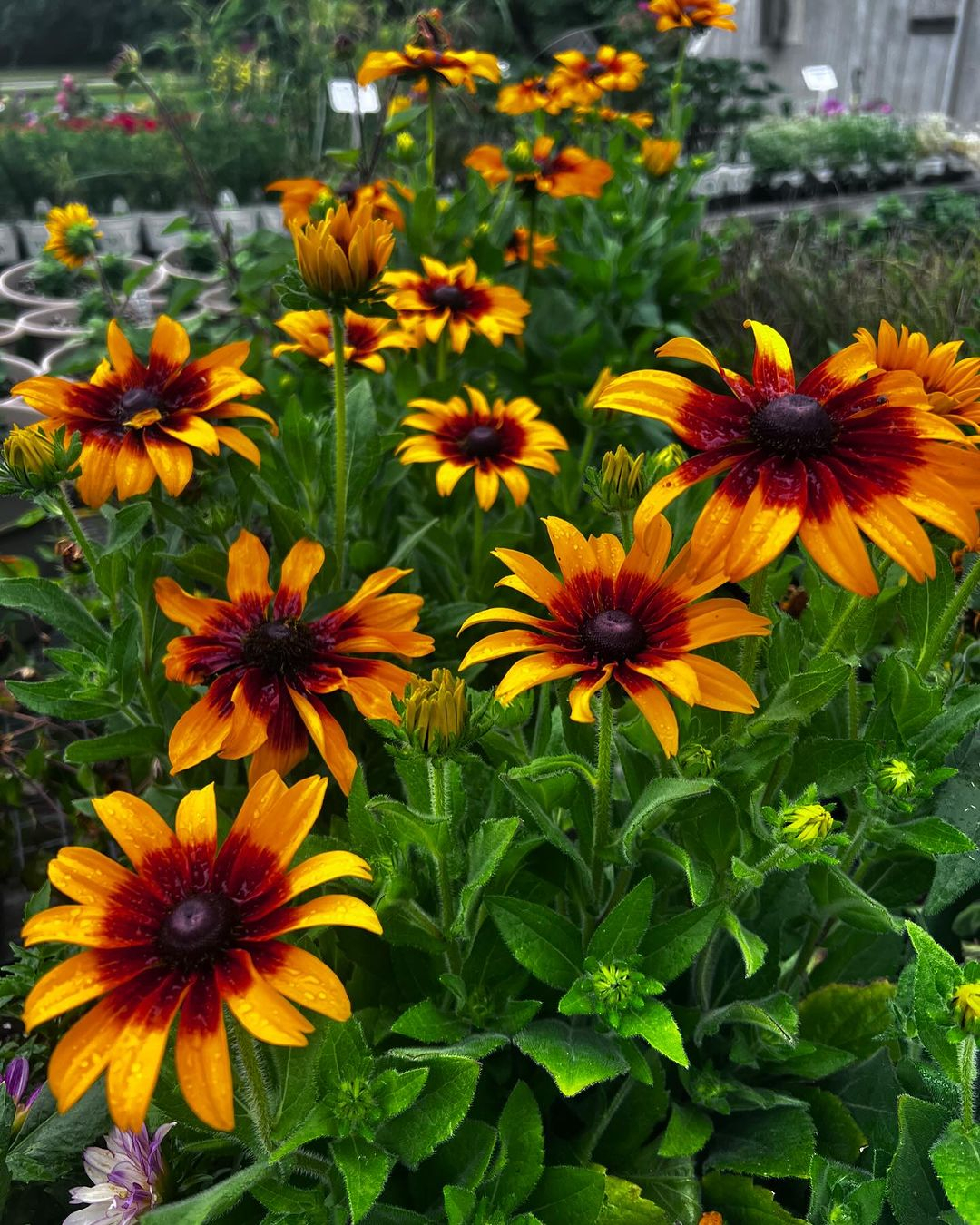
If you want to have sunflowers for your garden in small versions, rudbeckia is the one that I recommend. You can grow the rudbeckia in a wide area to make it look stand out to beautify your garden. Rudbeckia from @frizzhomegardens
Lavender
Famous for its fragrant purple flowers and silvery foliage, lavender is a great choice for both ornamental and culinary uses. The color is magical and the shape won’t make your garden boring.
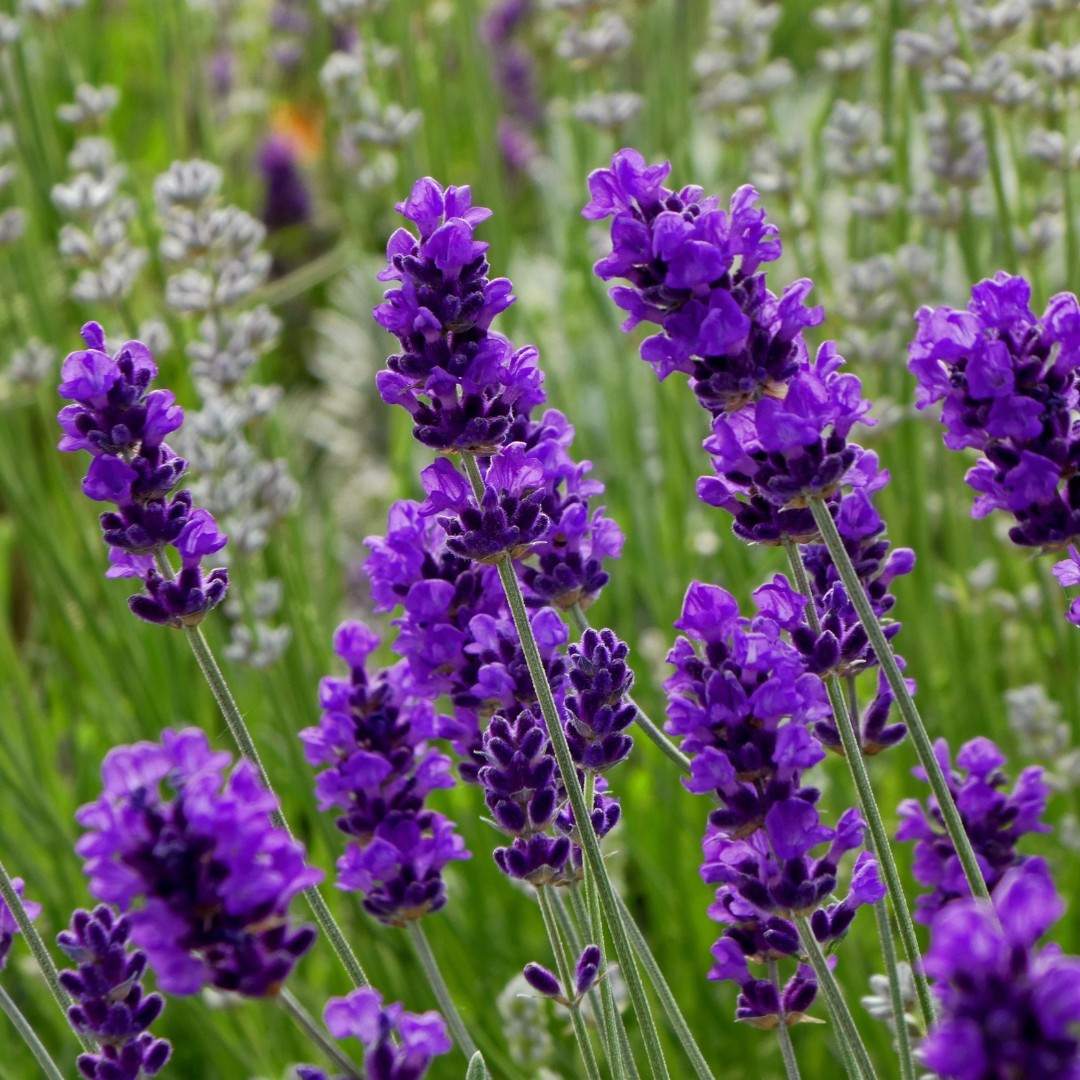
The purple color and the towering shape make the lavender has a majestic impression. Look at how it can give your garden such a great impression. We recommend you to have it related to its function and beauty. Lavender from @hcgplants
Astilbe
The interesting thing about astileb is that it comes in varied colors, such as pink, red, and white. It will be great to combine all of the colors in one area. Or, in case you want to create a certain impression, you can simply choose one of the flower colors.

This one is an example of the pink shade astilbe. You can see here how sweet and pretty the astilbe is. The shape is like a pine tree but comes in pretty colors. Astilbe from @my_woodlandwonders
Roman Chamomile
This one is a cute flower that comes in small sizes. However, it can’t be doubted for the pretty impression that the Roman chamomile has. The flower has a white color that represents the pure heart.
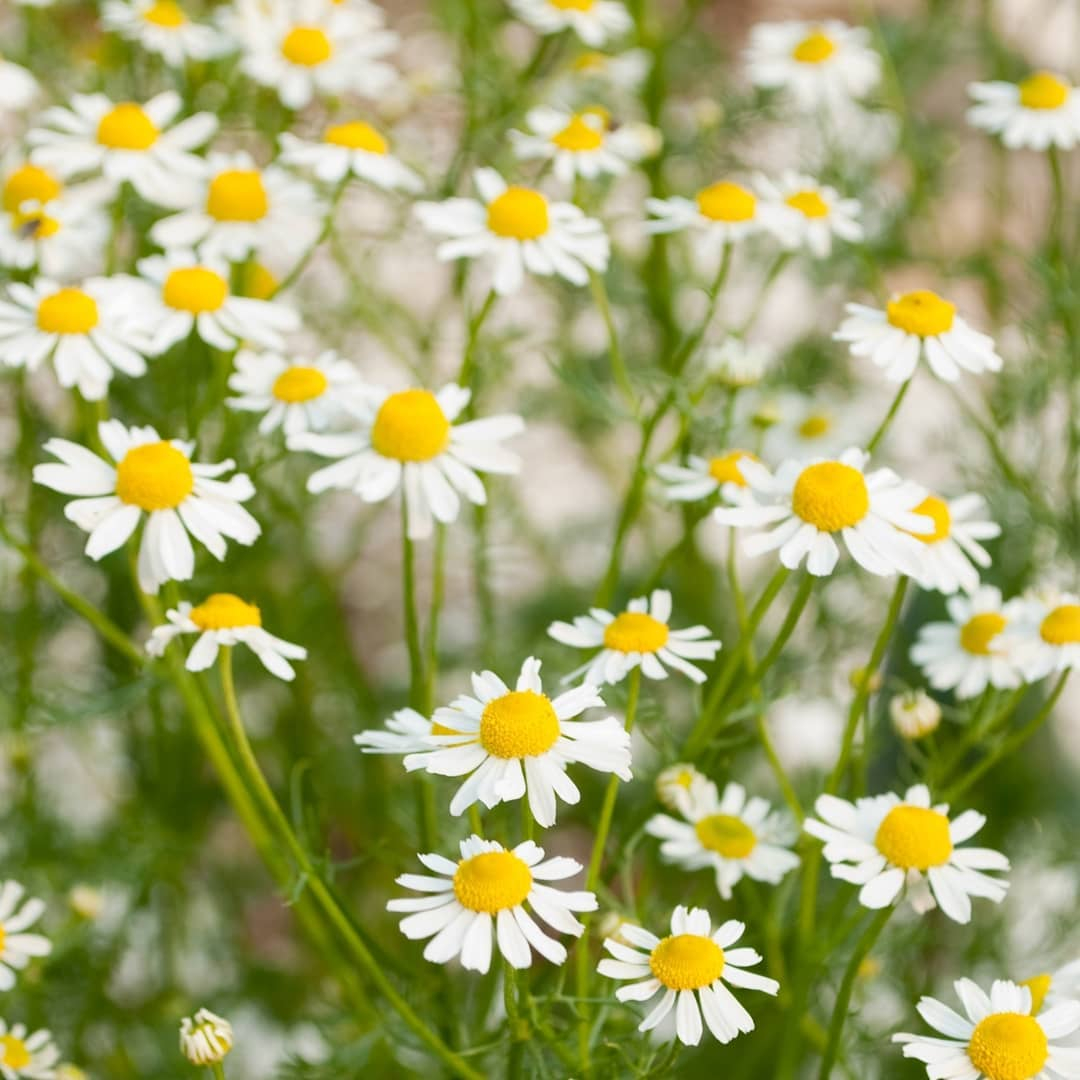
For the roman chamomile, you should have it in a massive planting because the flower is in small sizes. However, even when the size is small you should see how adorable the impression of the flower that makes it valuable to be planted in your garden. Roman Chamomile from @hanaearthgardensca
Benefits of Growing Perennial Flowers
1. Low Maintenance: Once established, perennials require less care compared to annuals. They often need less water and fertilizer, making them easier to maintain.
2. Cost-Effective: Since they return year after year, you don’t have to replant them annually, saving money in the long run.
3. Environmental Benefits: Perennials contribute to soil health by reducing erosion and improving soil structure with their extensive root systems. They also provide a habitat for beneficial insects and wildlife.
4. Seasonal Beauty: With careful selection, you can ensure that your garden has blooming flowers throughout the growing season, from early spring to late fall.
5. Diversity: There is a wide variety of perennial flowers to choose from, offering endless possibilities for garden design and color schemes.
Tips for Growing Perennials
- Choose the Right Plants: Consider your climate, soil type, and the amount of sunlight your garden receives. Some perennials are more suited to specific conditions.
- Prepare the Soil: Ensure the soil is well-draining and enriched with organic matter. A good foundation helps perennials establish strong roots.
- Planting Time: Fall and spring are ideal times for planting perennials. This gives them time to establish their root systems before the extreme weather of summer or winter.
- Mulching: Mulch around your perennials to retain moisture, suppress weeds, and regulate soil temperature.
- Division: Many perennials benefit from being divided every few years. This prevents overcrowding and promotes vigorous growth.


